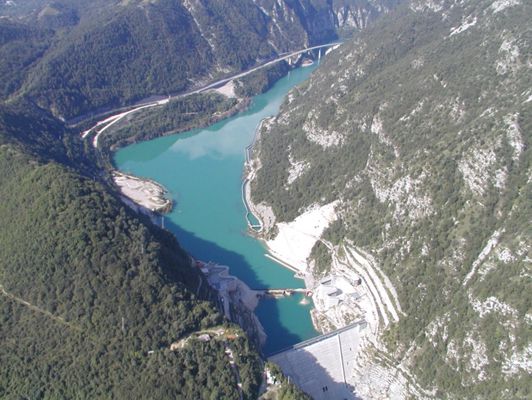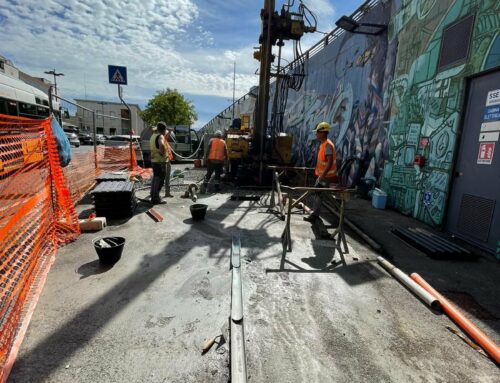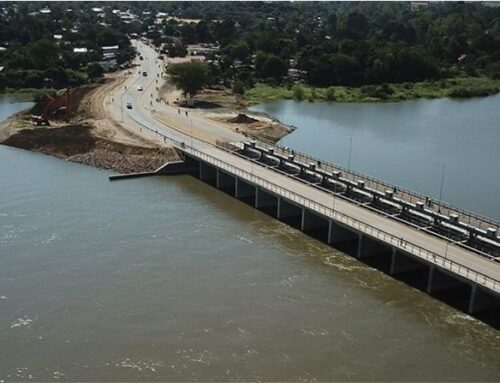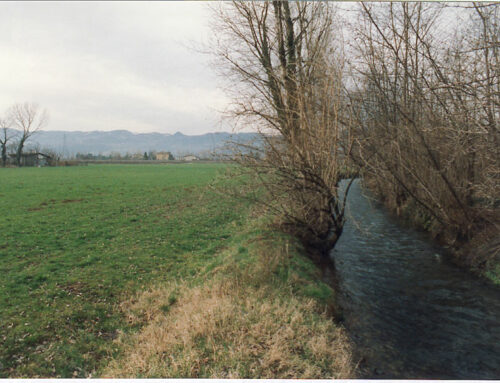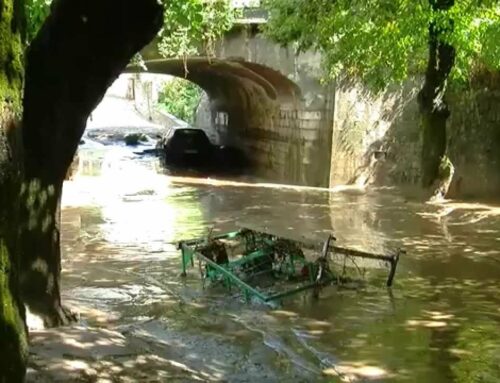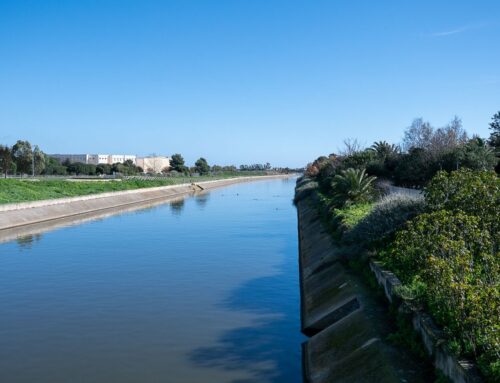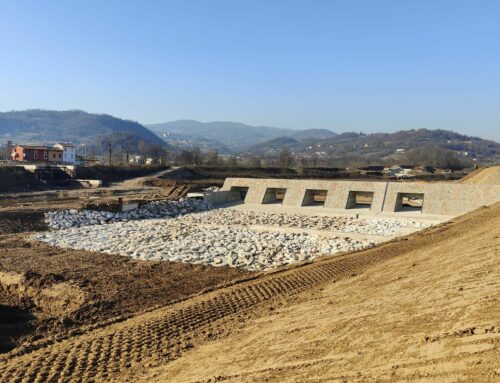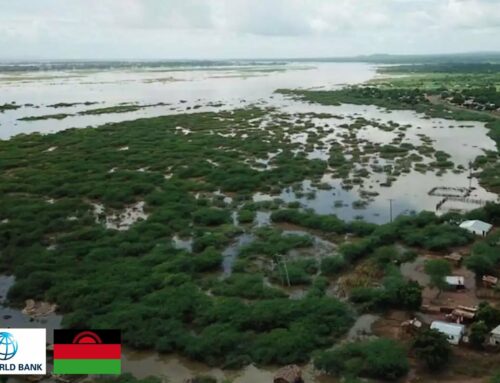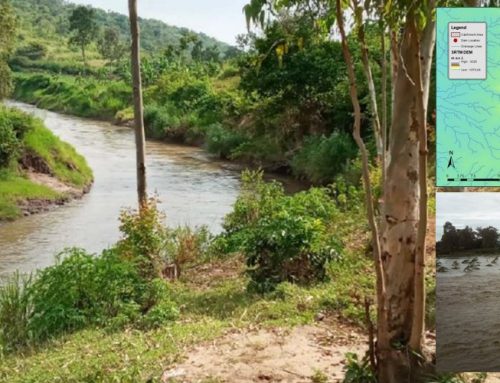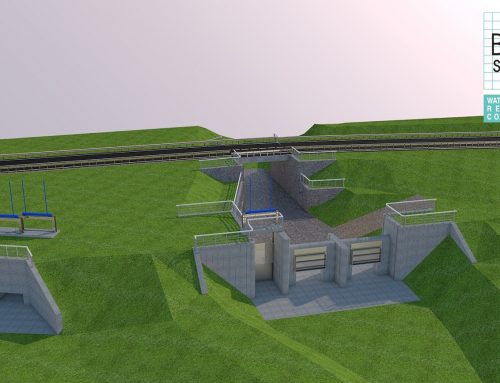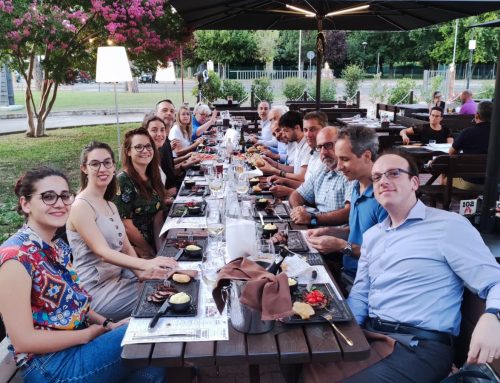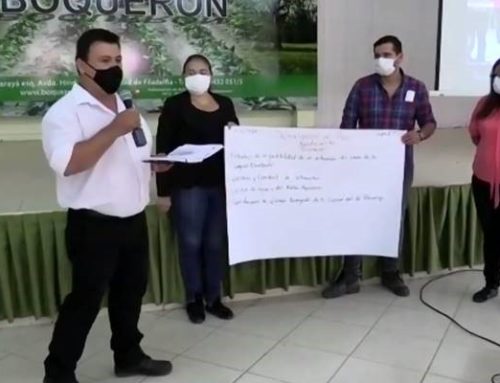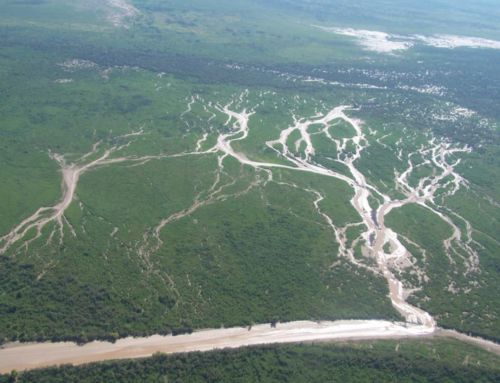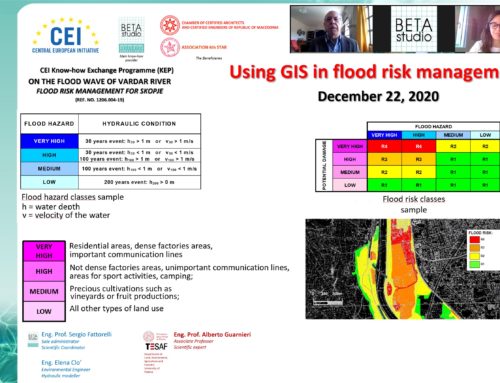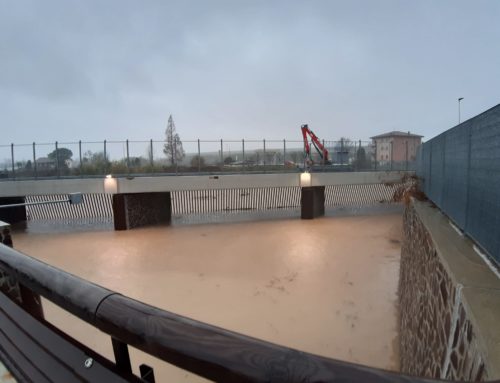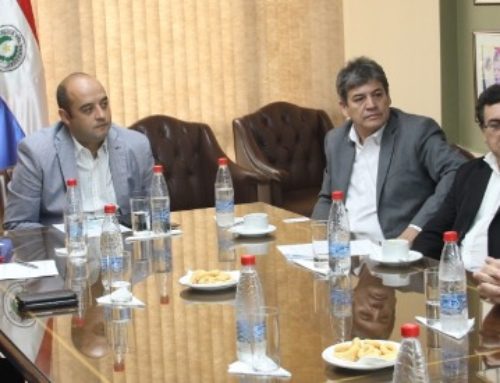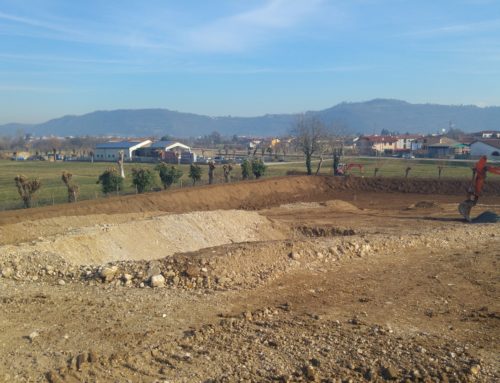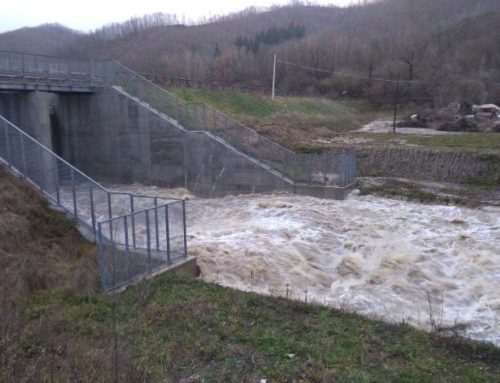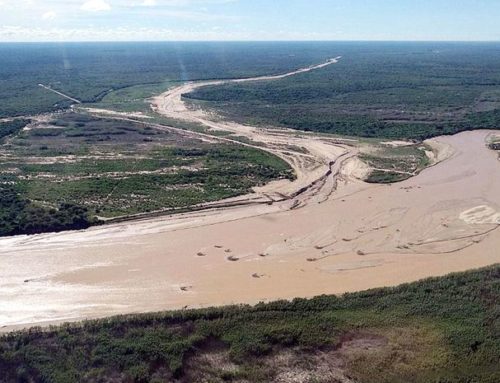The Cellina river (area of 445.8 km²), is the most important affluent of the Livenza river from the point of view of the flood regime and its implications for hydraulic safety affecting the province of Pordenone and the neighbouring Veneto region, Italy. Frequent and often quite extensive river flooding events may cause sometimes severe damages.
Along the Cellina water course was built the Ravedis dam, an important artificial gravity barrier, of considerable height and with a maximum reservoir capacity of 26 Mm³, located at the end of the mountain basin. The dam was built for multiple use and precisely for irrigation, hydroelectric uses and for flood regulation.
To optimally fulfil the multiple uses of the basin, the Cellina – Meduna Land Reclamation Authority has commissioned BETA Studio srl to implement a real-time flood forecasting system. It is a decision support tool for the correct management of the dam’s discharge facilities in the area of the water retention Plan implemented by the project manager. The activities concerned:
- summary reports on flood propagation phenomena;
- implementation and calibration of a hydrological inflow – outflow model operating in “continuous” mode and of a hydrodynamic model, capable of simulating the flood propagation and the modification effects imposed by the existing artificial barriers;
- analysis of the existing monitoring network, data acquisition and transmission methods and implementation of specific procedures for data reading and processing;
- implementation of a data acquisition and processing platform and its connection to the modelling tools.


